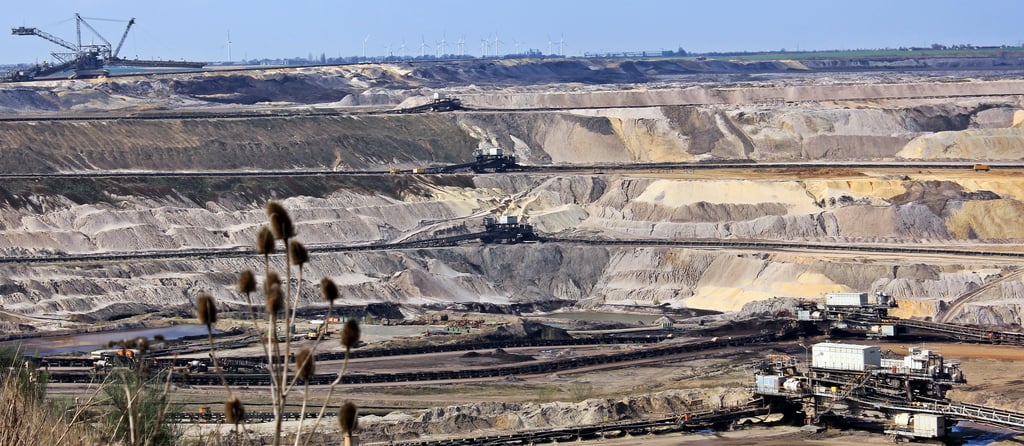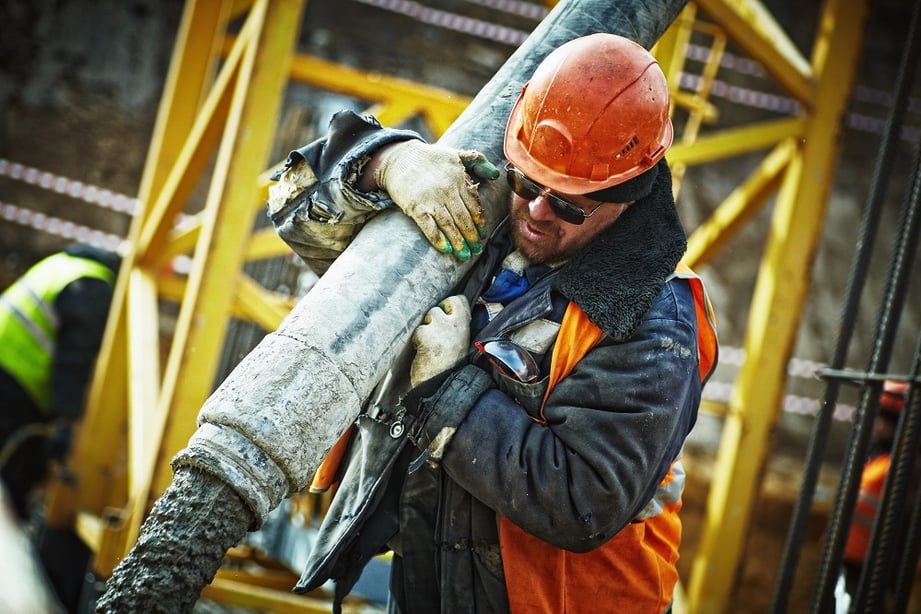Before she became the chair of the Global Mining Guidelines Group, Michelle Ash served as the Chief Innovation Officer at Barrick Gold for two years. She spoke with Cognibox on some of the challenges that still persist in the mining industry, and best practices to improve safety performance.
Elements of a Strong Safety Culture
1. Leadership
“I think number one is good leadership. I’ve never seen a safety culture that hasn’t been leader-led,” said Michelle. Effective leadership is also about genuine care for the safety of the workers. Rather than influencing workers through power, authority, or status, caring leadership requires interacting with workers, offering guidance and direction, and setting an example.
2. Planning
A good safety culture also requires strong planning and pre-thought, which can drive safety performance. “Whenever I drive productivity in businesses, it’s always been about making sure processes were well-planned, organized, and orderly. People know what they have to do, where they have to go, and the items they’ll use have been prechecked, etc.”
3. Skills
The third is basic: workers must have the right skills and experiences to begin with. “I’ve been amazed that at some sites, people don’t have good welding skills, for example, let alone leadership skills or risk management skills,” Michelle says.
4. Technology
Despite the shift to an industry 4.0, mining industry will always be driven by people; however, as it evolves to integrate more digital technologies and automation, the type of skills and qualifications needed will change.
Leading mining companies are investing in machine automation and remote operations. While these innovations may take workers out of the danger zone and help engineer-out safety risks, they will still require highly-qualified workers and technical experts behind the scenes to ensure smooth operations.
Read Also: Top 8 Innovations in Mining
5. Improvement
The fifth element of a safe and secure operation is a culture of learning and openness in a continuous improvement philosophy. Zero harm is and should always be an ongoing aspirational target for mining companies. When a safety incident does occur, however, a sincere and genuine effort to identify the root cause can prevent it from happening again. But this requires trust, openness, and a willingness to learn—ingredients that are sometimes missing at mining sites
“I’ve seen so many incident reviews and know that what’s written down could not have happened. Or I’ll see the recommendations coming out of the reports [that will do nothing to solve the problem],” Michelle recalls. “This disconnect happens when you don’t really want to learn, or people are distrustful so they aren’t telling the truth. They’re scared to tell the truth for fear of potential repercussions,” she warns.
6. Data
“I don’t think the industry is using the data sufficiently. Industry has siloed databases, making it hard to implement AI and predictive tools,” Michelle states. AI tools are also quite early in the development. However, with cloud services coming down dramatically in prices, now data can be pulled very cheaply. There’s a great opportunity in the next couple of years to make much better use of this data to draw conclusions that will improve and optimize processes.
7. Safety Cases
In Australia, the petrochemical industry is governed by safety case legislation. The National Offshore Petroleum Safety and Environment Management Authority (NOPSEMA) requires operators of a facility to develop safety cases.
A safety case is a document that: identifies the hazards and risks; describes how the risks are controlled; and describes the safety management system in place to ensure the controls are effectively and consistently applied.
Along with requiring performance standards, one of the key requirements in the development of the safety case document is the involvement of the workforce. This ensure workers appreciate the ‘why’ of a safety practice rather than simply complying under a rule-based culture.
Asking the Right Questions
Even before a safety culture can be imagined let alone implemented, the first step is an honest self assessment at the industry level.
“I think the industry wants to ask itself the right questions, but it doesn’t always do it,” says Michelle. “That’s sometimes driven by lack of experience, or by expedience. Sometimes it’s fear of being at fault, or trying to find fault rather than the solution. What I’d like to see is much stronger learning culture and open leadership, and eventually, asking ourselves the right questions and transforming our industry in doing so.”





